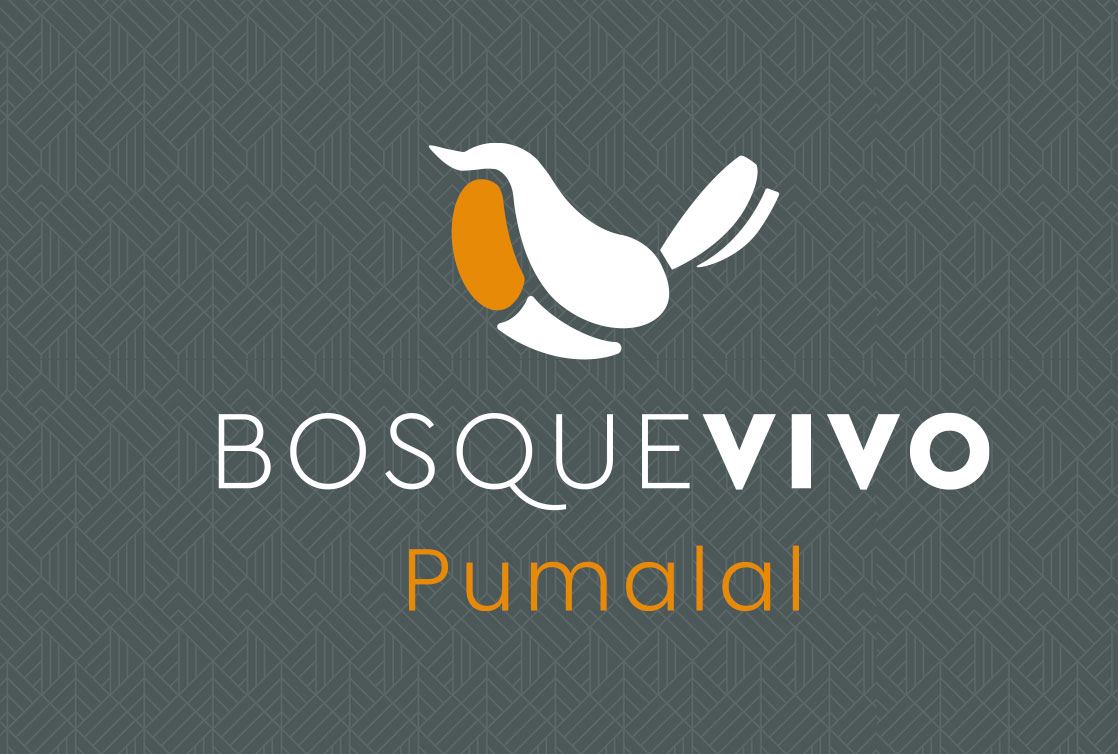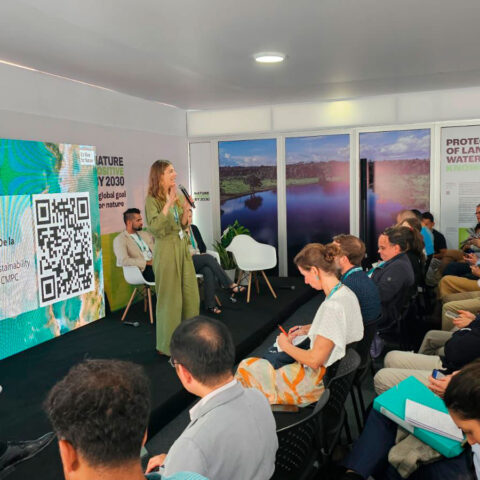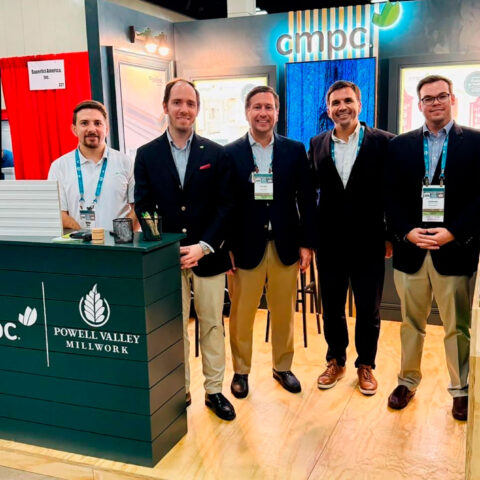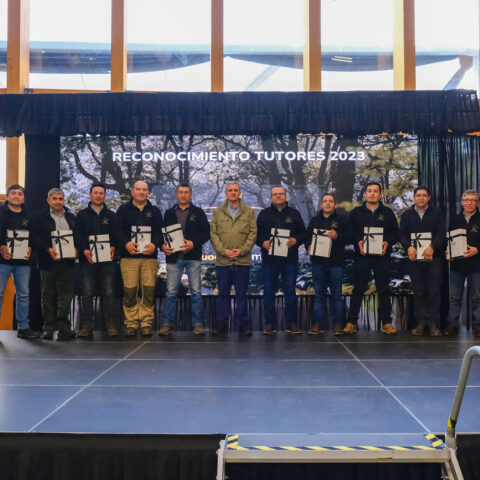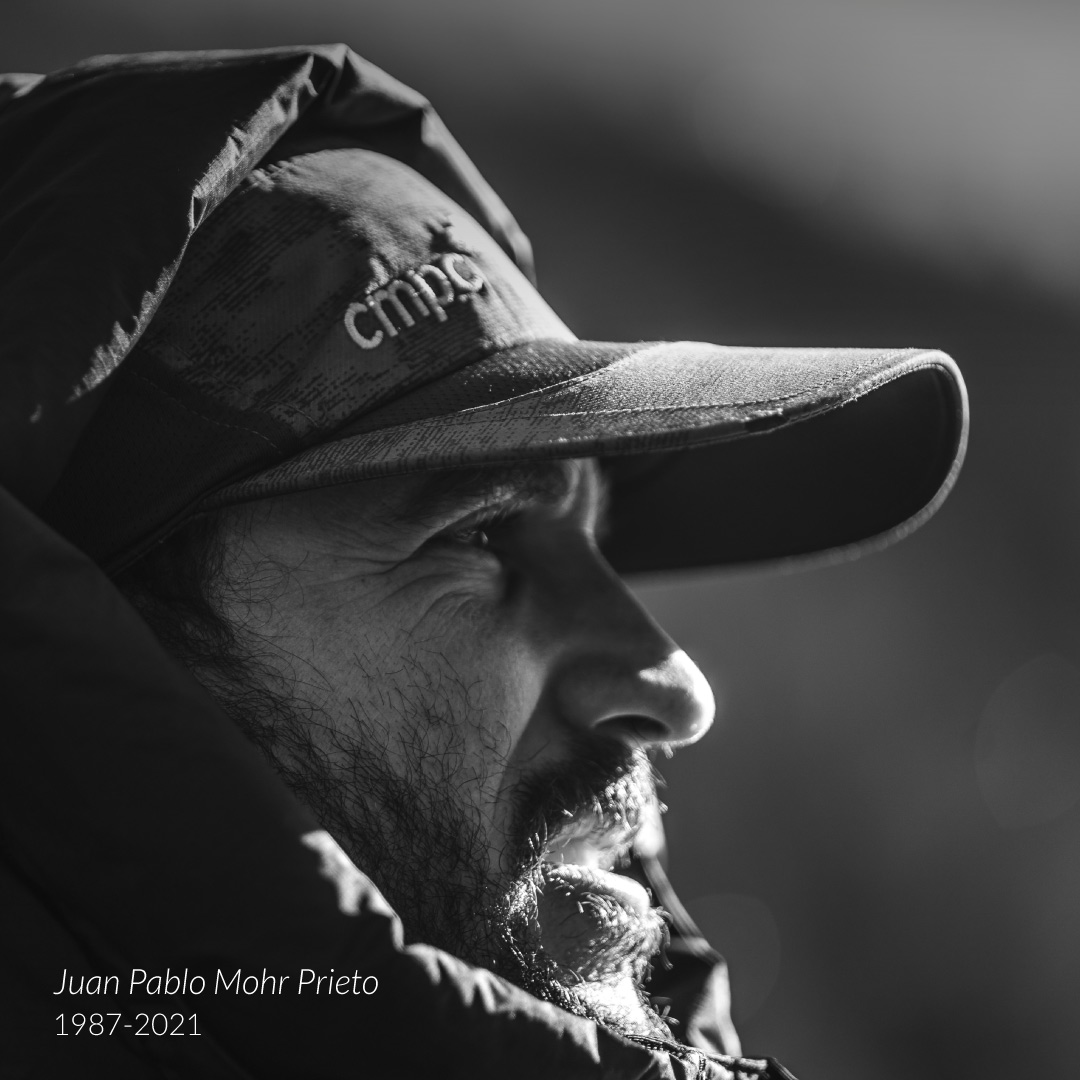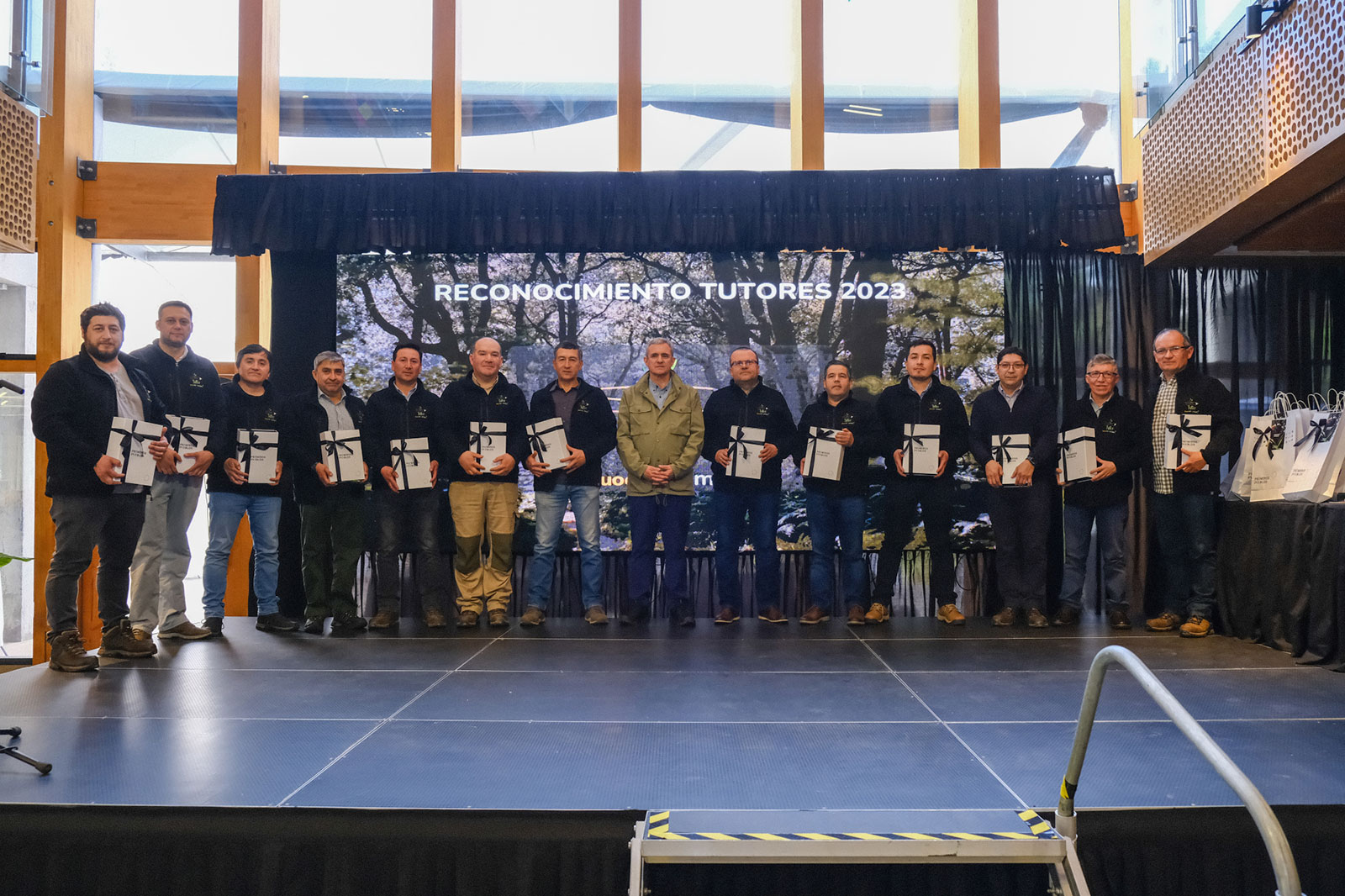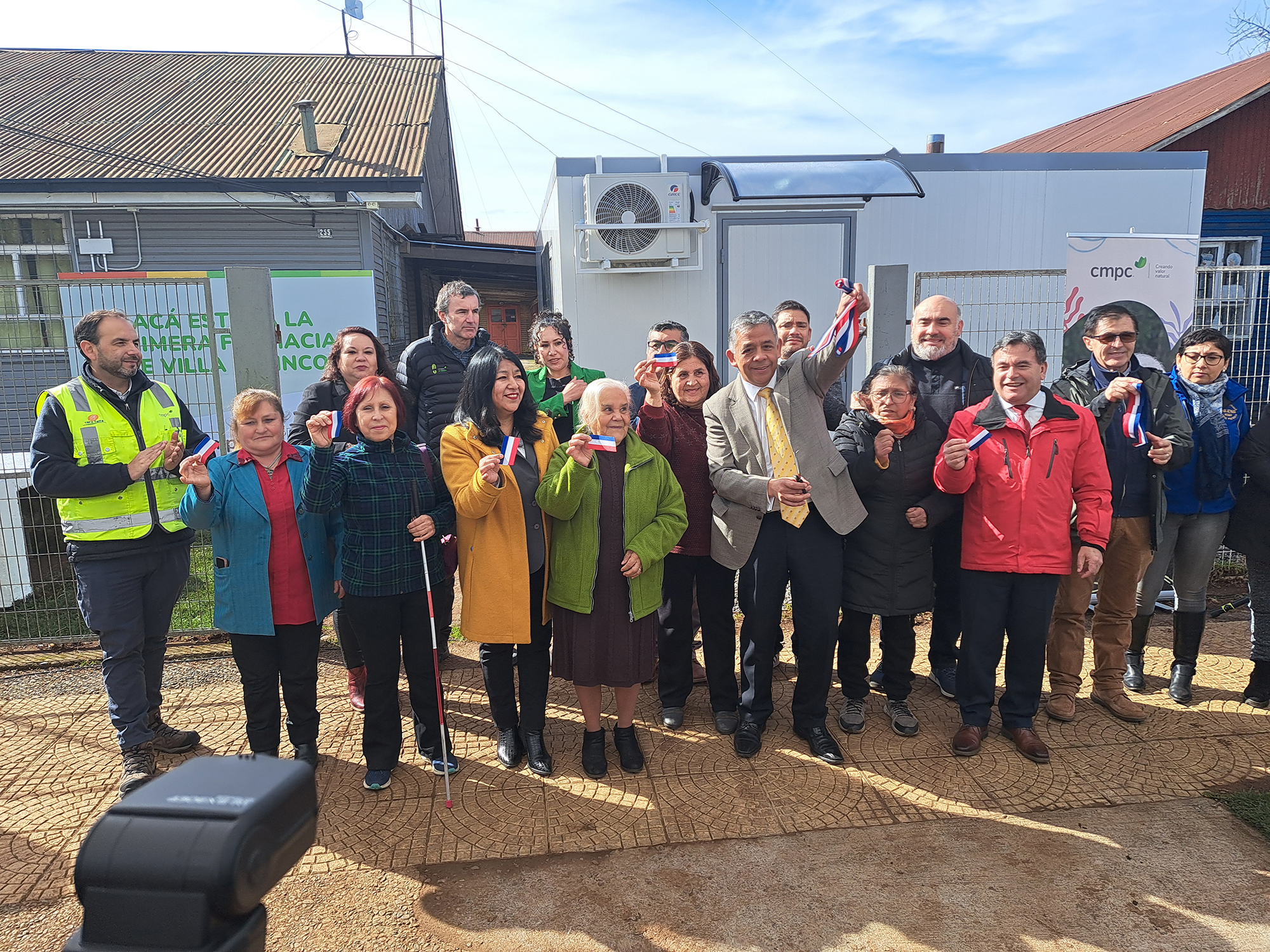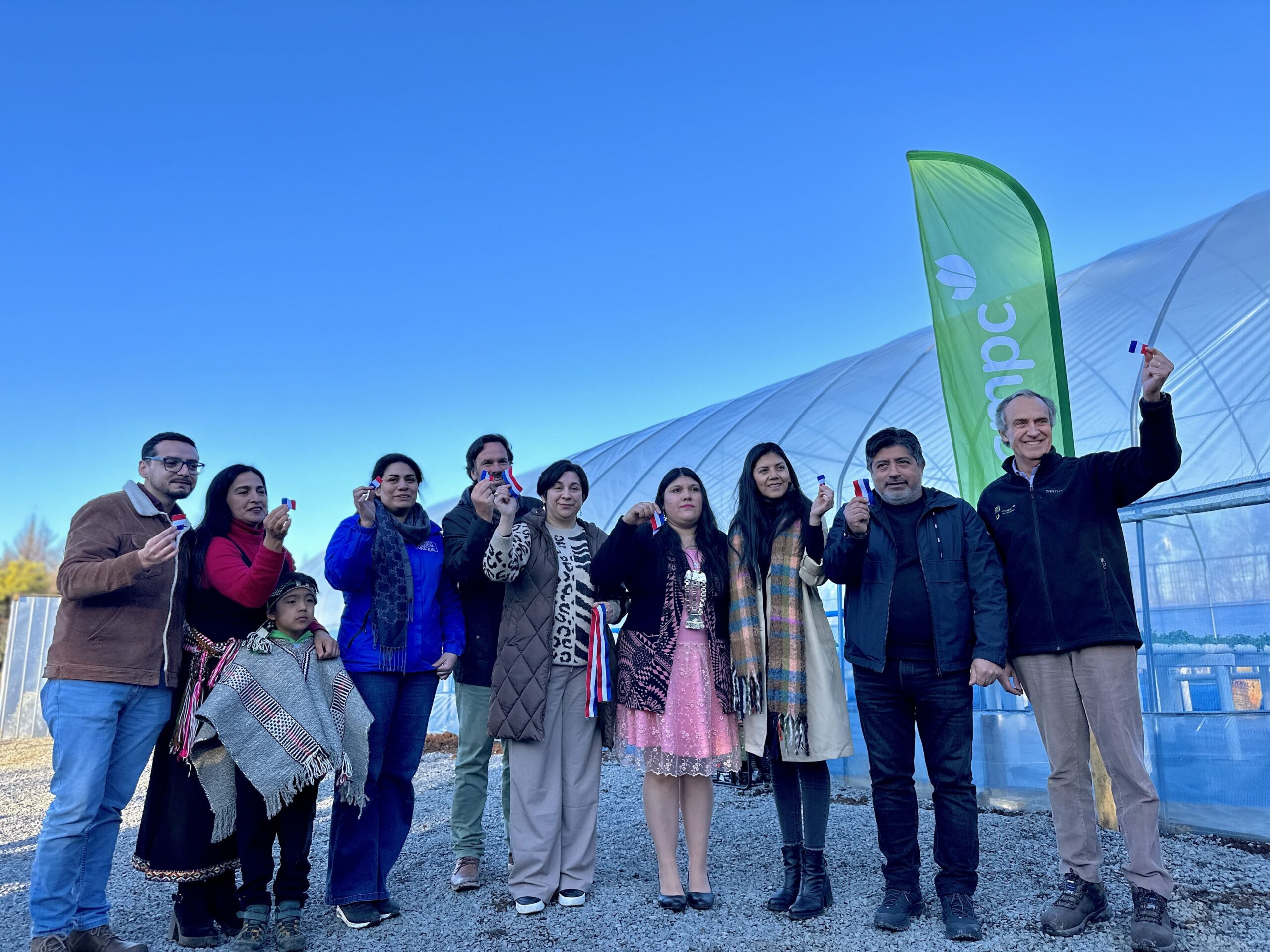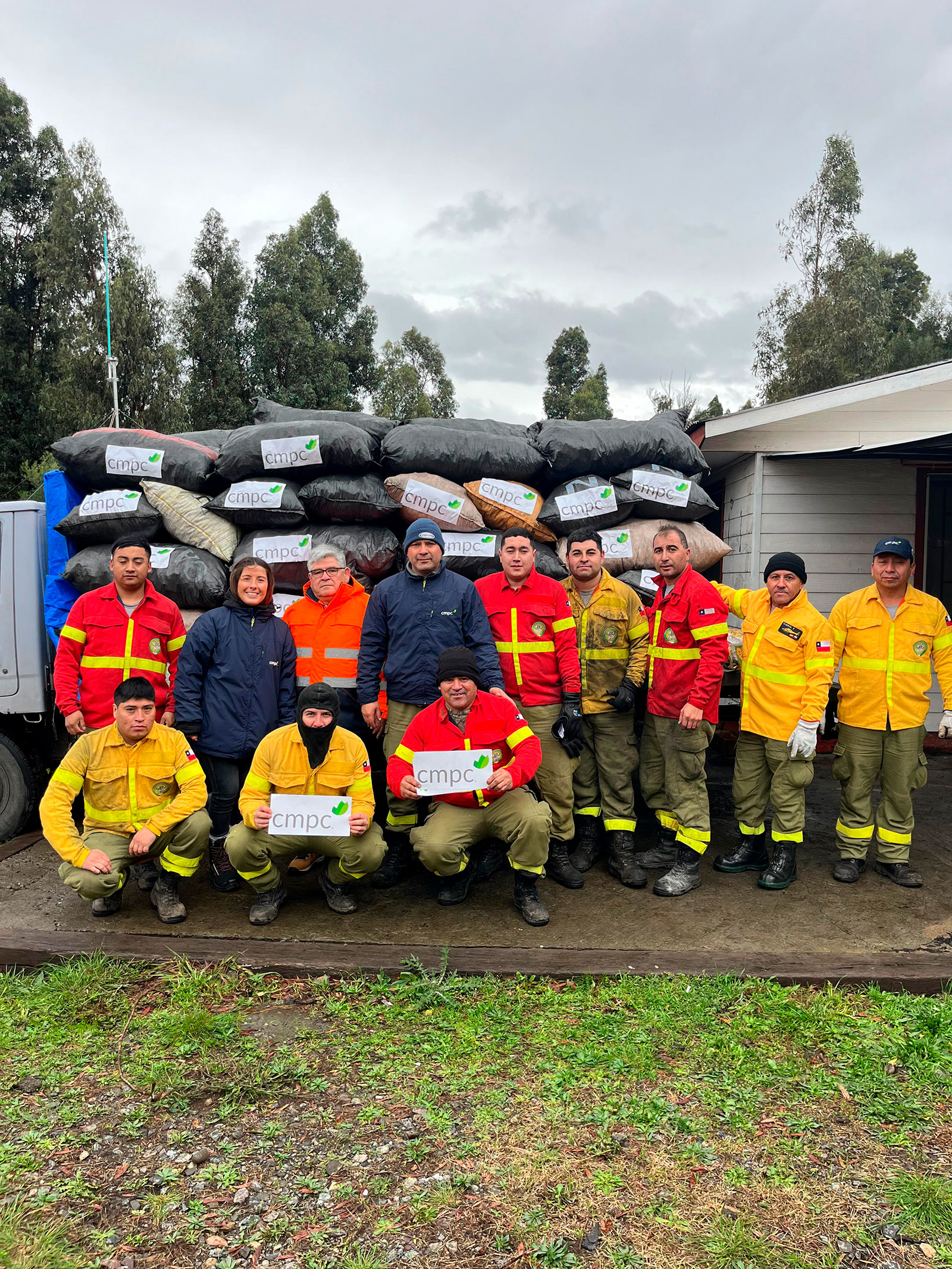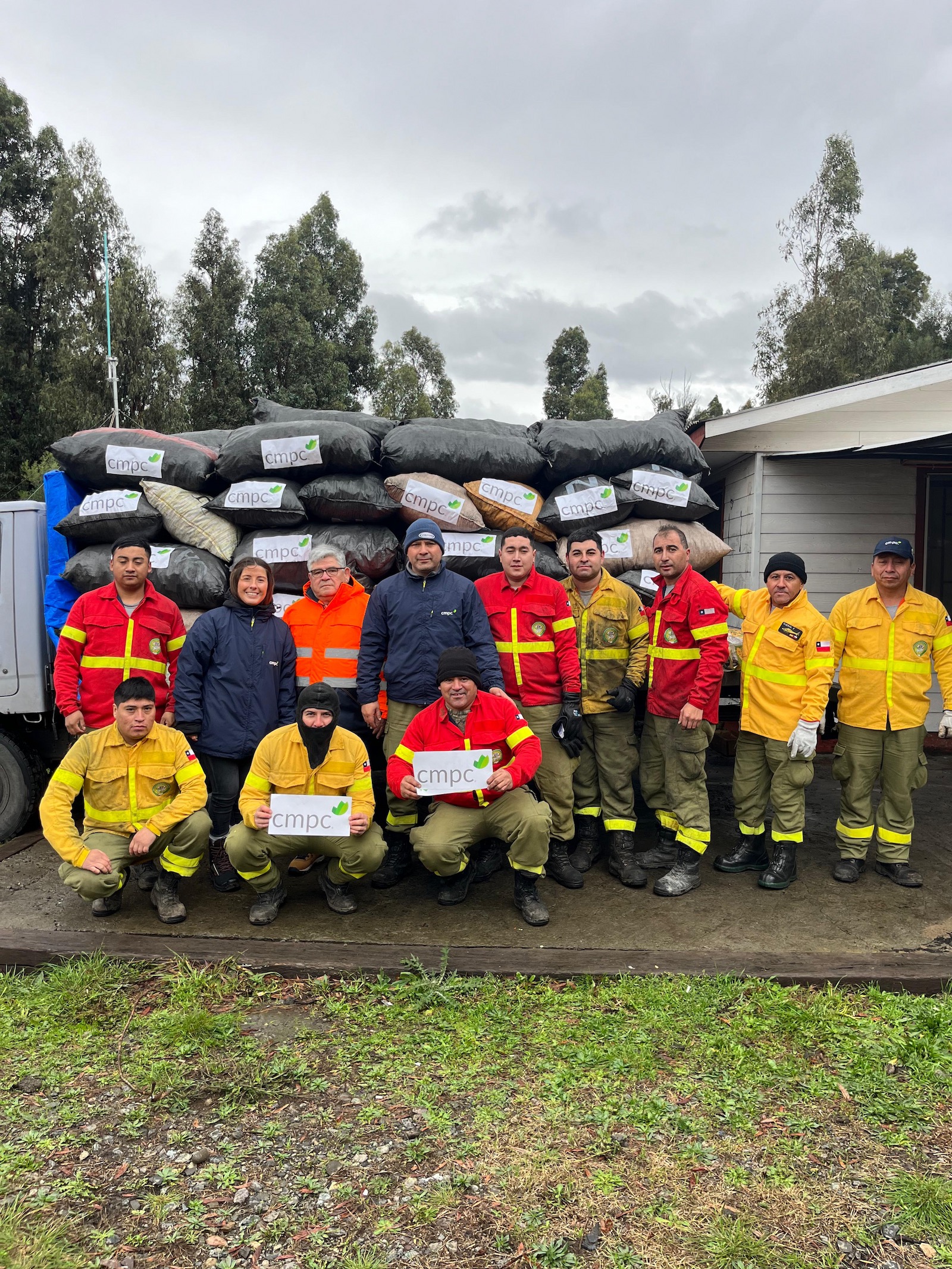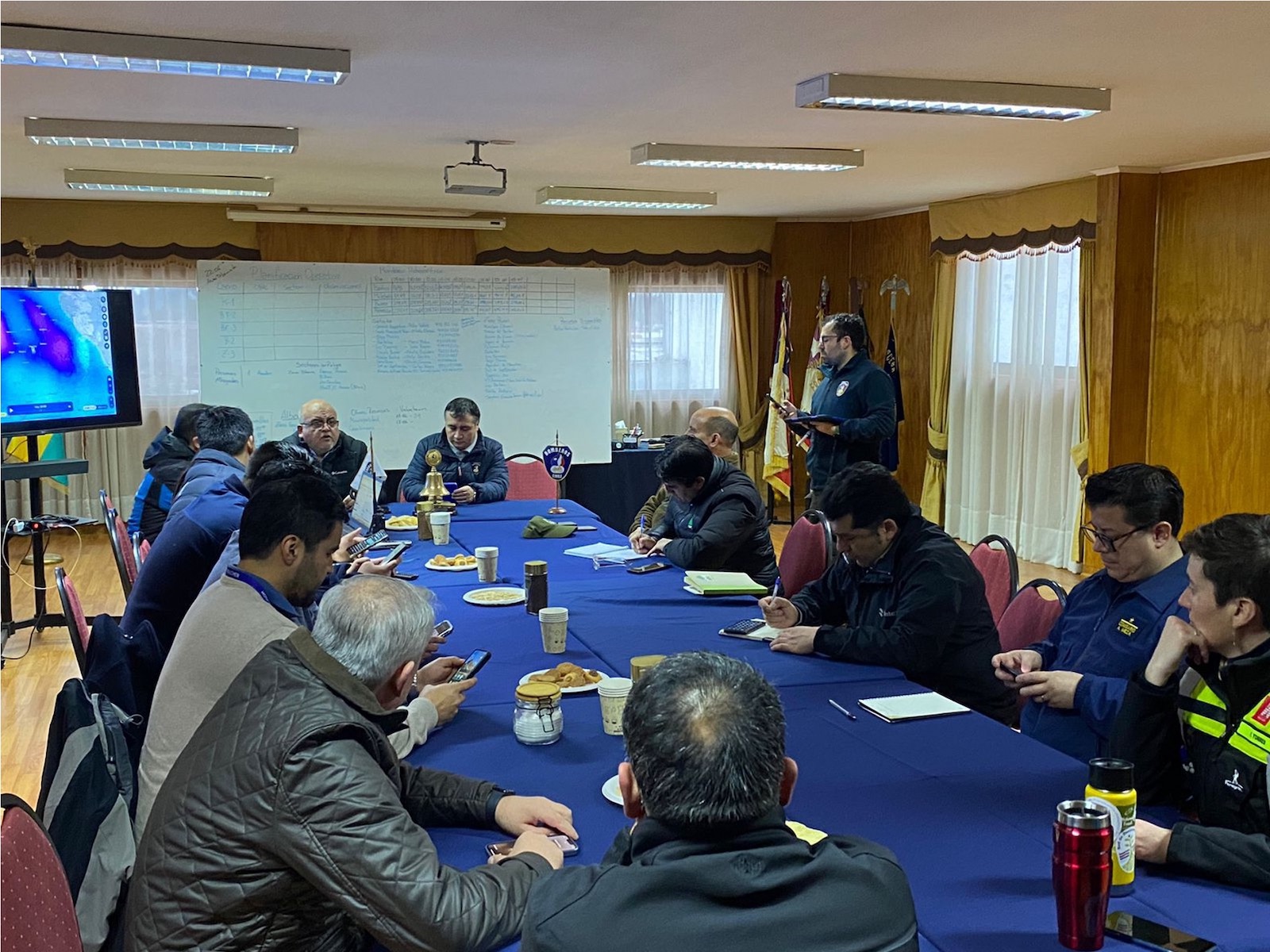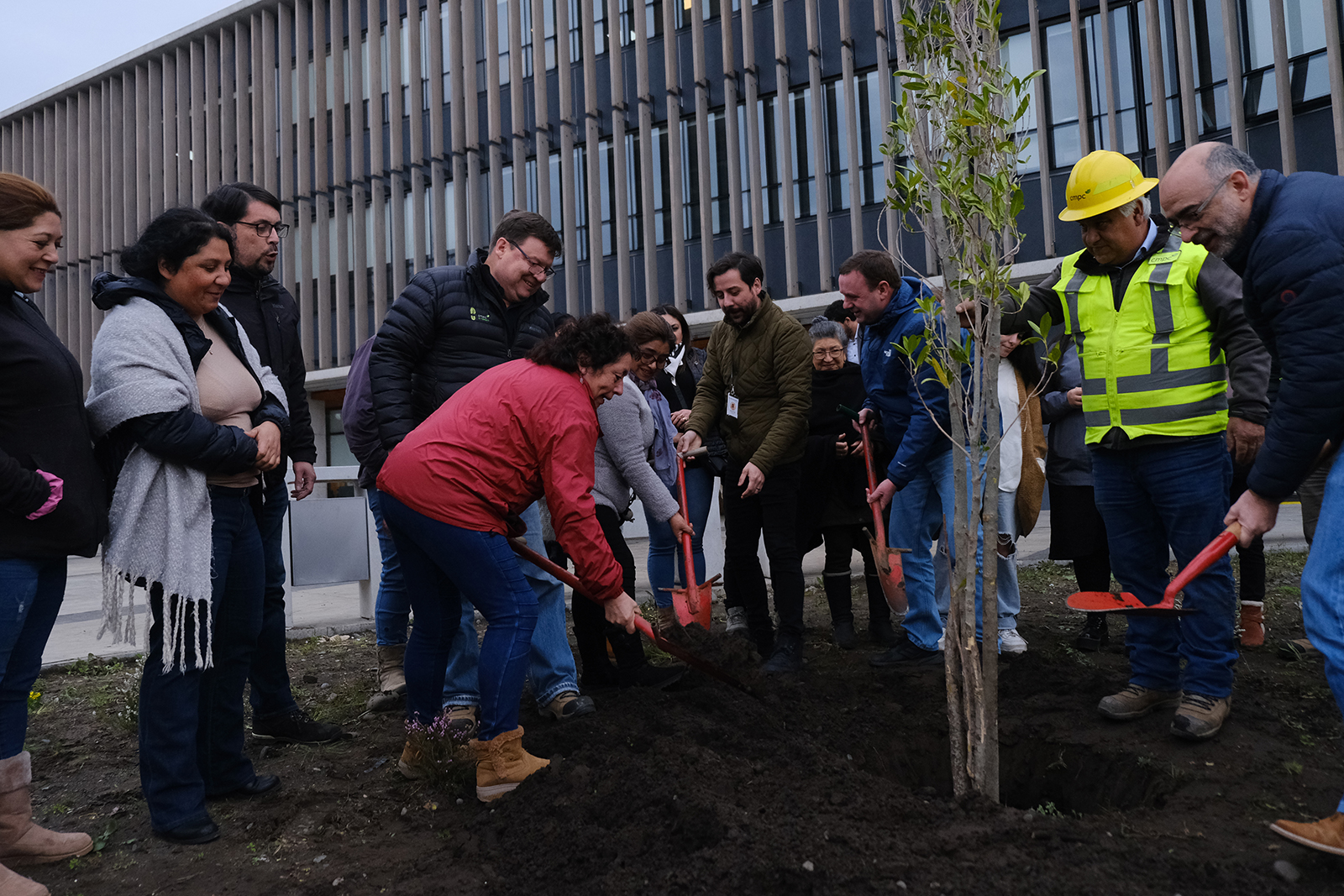
Pitao, an endangered species, gets planted in the gardens of the CMPC – Duoc UC Nacimiento campus in southern Chile
01 de September, 2023
With the help of neighbors, the educational community and CMPC representatives, a total of 12 specimens were planted around the campus in the Biobío Region, which were grown in the company’s Carlos Douglas nursery.
This Wednesday at the CMPC – Duoc UC Nacimiento campus, an educational establishment located in the Biobío Region of south-central Chile, company and school authorities met together with neighbors to plant pitao [Pitavio punctata] in the gardens. This endangered species was declared a Natural Monument in 1995.
CMPC – Duoc UC Nacimiento campus Deputy Director Pablo Briones explained that the idea originated after a photographic exhibition was held in the establishment that displayed images of Pitao, at which point CMPC decided to donate specimens that are produced in the company’s Carlos Douglas nursery.
“CMPC Sustainable Fiber and Conservation Deputy Manager Francisco Rodríguez promised to bring a Pitao tree so that people could see it and plant more in this space together. One tree turned into twelve, and this wonderful event took place with the community, showcasing the importance and protection of this native tree,” he said.
The planting of the pitao in the CMPC – Duoc UC Nacimiento campus not only helped build connections at the local level, but also served as an opportunity for the community to get to know and value the Pitao, a native species that lends its name to the Biological Corridor that CMPC is behind in the Nacimiento district after the fires that occurred in south-central Chile last summer.
After the planting of pitao on the educational institution’s campus, CMPC Sustainable Fiber and Conservation Deputy Manager Francisco Rodríguez said, “The Pitao is a natural monument, a vulnerable species, with very few in existence right now, so people aren’t familiar with it. What’s better than bringing this species to a place that draws in both the local youth and Nacimiento community as a whole? That’s why we wanted to fulfill our promise to that neighbor and bring two large specimens produced in our Carlos Douglas nursery, plus 10 small plants, which I hope can grow into their fullest expression and show how beautiful this species is.”
Positive assessment from the community
For Angélica Carrasco, president of the Villa Las Araucaria Neighborhood Council, this milestone was extremely significant. She said, “It is nice to have this type of conservation activity, especially of a native species. By planting Pitao we’re giving a good signal, as we help preserve something that was getting lost. I think that the company is also giving a good signal, and that as neighborhood councils we are also making a small contribution to the environment.”
A similar opinion was shared by Érica Villanueva, president of the Clotario Blest Neighborhood Council. She said, “Many of us didn’t even know what a Pitao was, so it’s nice to know that we’re helping protect a tree at risk of extinction, and we also have the chance to see it up close here at the Nacimiento Campus. It is good to know that they consider the neighborhood councils in these activities, and that we have access to this beautiful place here in Nacimiento.”
Meanwhile, CMPC Community Relations Deputy Manager Francisco Reveco was quite satisfied with this intervention and said, “It’s significant that the community came, joined in the planting process and feel that this campus also pertains to them. Best of all, it was achieved through the due recognition of an endangered species, which is fundamental to continue working to preserve it.”

